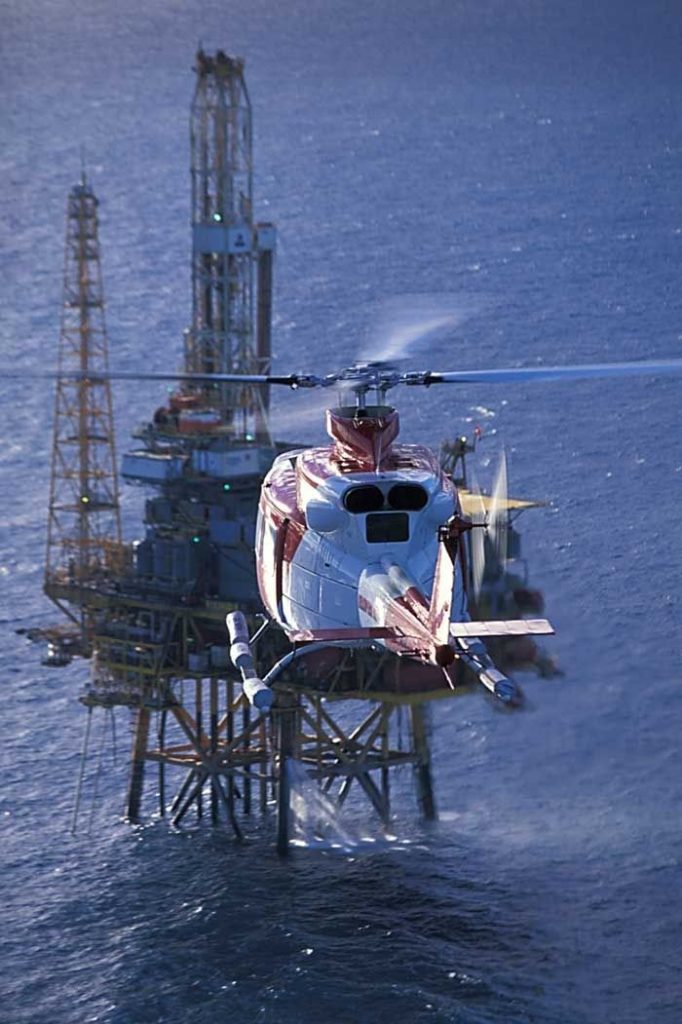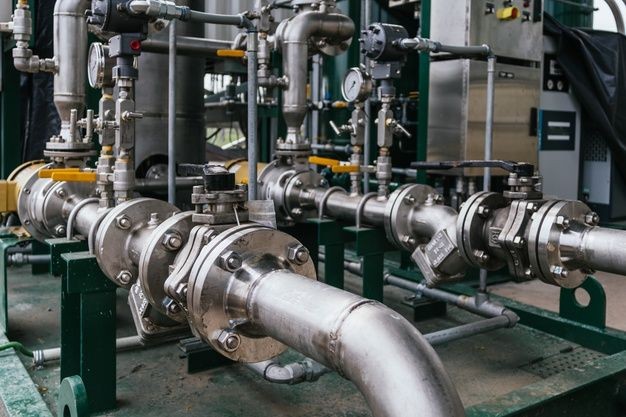The plumbing industry is one of the important industries that humans have been associated with as soon as they enter the urbanization period. Moving water has been one of the biggest problems that appeared to be extremely important for mankind in the first step, but after that, other fluids have also come up that are in dire need of security during transportation. The origin of the history of plumbing is not very clear; But what is obvious to everyone is that this industry has always been with people and is involved in meeting countless needs.
What is plumbing or piping?
The transfer of fluids from one place to another is done by piping; One of the most important points where plumbing plays a major role; But this is not the only place where we benefit from this industry. This industry is so vast that it plays an important role almost everywhere we think; From our homes to other products and industries that we need. Piping is a system in which fluids go from the source to a certain destination. You can easily understand the meaning of plumbing; Although you should know that there are different types of piping and the choice of its type determines the distance that is to be transferred.
It is true that the most common type of plumbing that we see is in areas that are connected to water supply or places that need water supply (like any building we can think of); But among the other uses of pipes are moving other types of matter or very small particles and power flow. So, piping is more complicated than it might seem.
The applications of plumbing are so numerous that it can be mentioned in any industry; But in short, the participation of plumbing in the following industries can be mentioned:
- Chemical factories
- Steam power plants
- Natural energy plants
- Fossil energy plants
- Refineries
- Heating and cooling ventilation and refrigeration systems
Transportation
drainage
Waste and sewage management
Pharmacy and medicine
Food industry and…
Every plumbing system is similar to the veins of the body, which keep a system alive and functioning, and when a small part or a small vessel fails, the whole system will be destroyed and will fail. The importance of plumbing is like a precise teamwork system where all components must be coordinated and pursue a common goal. Also, a piping system will not be perfect. Sometimes this system needs to be repaired or replaced. At this time, we are talking about the most important part of piping, i.e. connections that connect parts to each other or change the direction and create branches and blockages.
As mentioned, the piping system includes many types, the classification of which depends on many elements; For example, one of these classification factors is the type of material used to make pipes. Choosing the right materials to use in the piping system depends on the intended application; For example, if chemicals are transported by the system, the appropriate material should be selected, or if there is a high pressure, the system should be selected from a material that can withstand this pressure.
Types of plumbing
There are different types of plumbing, which are classified based on the place of operation:Industrial plumbing: This plumbing, which is one of the most important sub-branches of plumbing, is used in large places such as factories, refineries, power plants, etc. This type of piping is one of the most practical types of piping used today due to its use in refineries and then transferring fluids to other destinations. Of course, this type of piping is completely synchronized with pipeline or inter-refinery piping; In such a way that everything that needs to be transferred from the refinery, must be transferred by pipeline between the refineries.
Inter-refinery piping: This type of piping is used to safely transfer fluids from short or very long distances in different geographical locations.
Facility plumbing: among other efficient or primary systems, the facility plumbing system is effective for all types of plumbing in buildings and facilities of small or large spaces; The system we are familiar with. In fact, the transfer of fluids such as gas and water for buildings is done with this system. Of course, this piping may also be used to transport chemicals to laboratories or to manage waste and sewage in buildings. However, you should keep in mind that the inter-refinery system is also used in the transfer of wastewater.As piping systems become larger, the importance of structural health increases; In other words, the more we pay attention to the piping systems in large industries, we realize that the accuracy of the operation must be increased and a small leak may cause the entire structure to be in trouble.
There are many factors that should be considered in a successful system; For example, these factors include:
Pipe type
Pipe size
Pipe material
Exact pipe dimensions
Connections and techniques used
Material of fittings
thickness
Pipe end arrangement for connection
length of the pipeThe main components of the piping system:
A piping system usually consists of various components, each of which plays an important and precise role in the structure. Each of these components must be the same in all the factors used in the piping system, and the absence of one of these factors in the components may cause problems for the entire structure.Connections are one of the most important components of a piping structure. Connections are used to connect two parts or pipes. This connection can serve different purposes. Its most important goals are creating branching and dividing the path, changing the direction of the piping system, changing the diameter and size, or blocking. There are different categories for connections that you can get to know completely in other articles; But connections can also be divided into the following categories based on application:
Fittings that are used to change the direction of the pipe.
Connections that are used to change the diameter.
Connections that are used to put two pipes together.
Branching devices that create different branches for a piping route.
Another vital member of piping systems are flanges. Flanges, in fact, determine the class of all piping systems. In industrial piping, these flanges are the ones that start all the changes. The flanges are connected to each side of the connection in a non-metal state, and then they are connected to each other using screws with two nut heads and one nut head. In order to seal between each flange and connection, a gasket is used. Flanges themselves have different types, which of course are part of the connections and are of special importance. Types of flanges can be divided into edged flanges, flat flanges, and ring flanges according to their applications.
Valves are considered to be the last major components of a piping system, which of course are still considered a subset of connections. Valves are the last components of a piping system that are used to manage flow or block and control it. There are many types of valves that can be divided based on their efficiency. Also, the valves themselves consist of three parts, which include the body, flow or trim, and cap.
Pipes, which are the body of a plumbing system and all the mentioned components,


